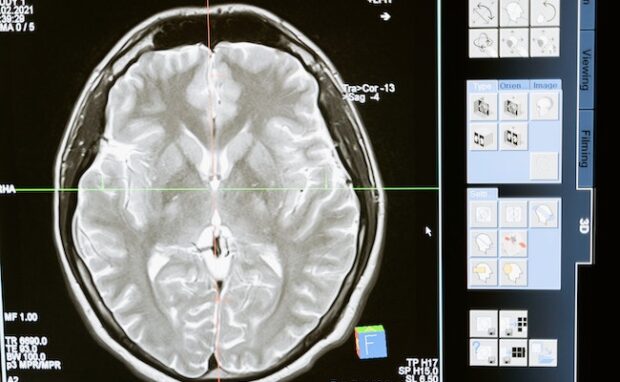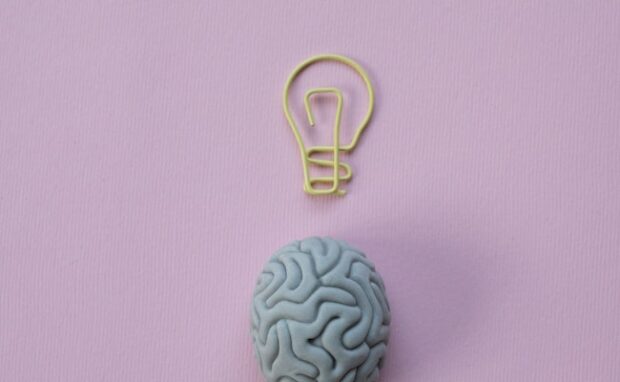Scientists reconstruct Pink Floyd song from brain waves
Scientists have derived the song “Another Brick in the Wall” by Pink Floyd from peoples’ brain waves. Consequently, they’ve made history by decoding a recognizable song from electrical brain activity. The reconstruction is nowhere near perfect, but The Guardian says it could help those with brain disorders restore the “musicality of natural speech.”
This experiment is more than a gimmicky way to reproduce an old song. It shows we have the technology and skills to translate brain activity into thoughts. In other words, this research is the closest we’ve been to “mind-reading powers,” reminiscent of science fiction. That has many out-of-this-world implications that so many experts try to explore.
This article will discuss how scientists “translated” brain waves into a Pink Floyd song. Then, I will share other recent experiments involving brain activity.
How did scientists turn brain waves into a song?
Researchers played a three-minute segment of the Pink Floyd song “Another Brick in the Wall” to 29 patients. Electrodes on their brains detected brain activity as they underwent epilepsy surgery.
Then, the scientists used artificial intelligence to decipher the recorders and encode a reproduction of the tune and lyrics. It sounds muffled, but the phrase “All in all, it’s just another brick in the wall” comes through recognizably in the reconstructed song.
Professor Robert Knight, a University of California neurologist, said, “It sounds a bit like they’re speaking underwater, but it’s our first shot at this.” Also, he claims using denser electrodes may improve the reconstructions.
“The average separation of the electrodes was about 5mm, but we had a couple of patients with 3mm [separations], and they were the best performers in terms of reconstructions,” the professor said.
“Now that we know how to do this, I think if we had electrodes that were like a millimeter and a half apart, the sound quality would be much better. The Guardian says we might be able to recreate this research without electrodes as brain recording methods improve.
You may also like: How to avoid the Pink Whatsapp scam
Instead, we might replace them with scalp electrodes that are less intrusive and more sensitive. This study of brain waves revealed two insights about music and our minds.
First, it was possible due to how music works. We hear a tune, and our brains perceive that as the same activity, so recording that would yield similar results.
That is why the scientists were able to identify and reconstruct those brain waves into a song. Second, “This [new study] is a really nice demonstration that a lot of the same techniques that have been developed for speech decoding can also be applied to music,” said Dr. Alexander Huth from the University of Texas.
Similar brain wave projects
Other groups have been exploring how we could decipher brain waves and use them to perform tasks. Elon Musk’s Neuralink is one of the most famous ones.
Last year, he said at the Tesla Show and Tell event that Neuralink implants are like “replacing a piece of your skull with a smartwatch.” Then, Neuralink co-founder DJ Seo demonstrated how the company would install these chips into human brains.
Seo showed a robot surgeon inserting threads into specific portions of a mannequin’s brain. Next, the event featured a monkey typing words on a screen with its Neuralink implant.
You may also like: Tesla and Neuralink to make cyborg limbs
The primate moved a cursor to select and input letters, entering words like “type” and “welcome to show and tell.” On the other side of the world, Osaka University researchers used AI systems to turn brain waves into images.
Yu Takagi and his team started the study by gaining access to brain scans from the University of Minnesota. Then, they trained AI image generators DALL-E and Stable Diffusion to link images with specific brain activity.
They added captions to the images to enhance the AI-generated pictures. As a result, artificial intelligence systems were able to read respondents’ minds while looking at the University of Minnesota samples.
Conclusion
Scientists reconstructed a Pink Floyd classic from brain waves. As a result, they proved that we understand brain activity so much that we could convert them into sounds and lyrics.
That may also have implications for future speech decoder technologies. More importantly, it may help scientists find a way to help those with neurological disorders express musicality when speaking.
Learn more about this brain wave experiment by reading its journal on The Public Library of Science website. Also, check out more digital tips and trends at Inquirer Tech.

